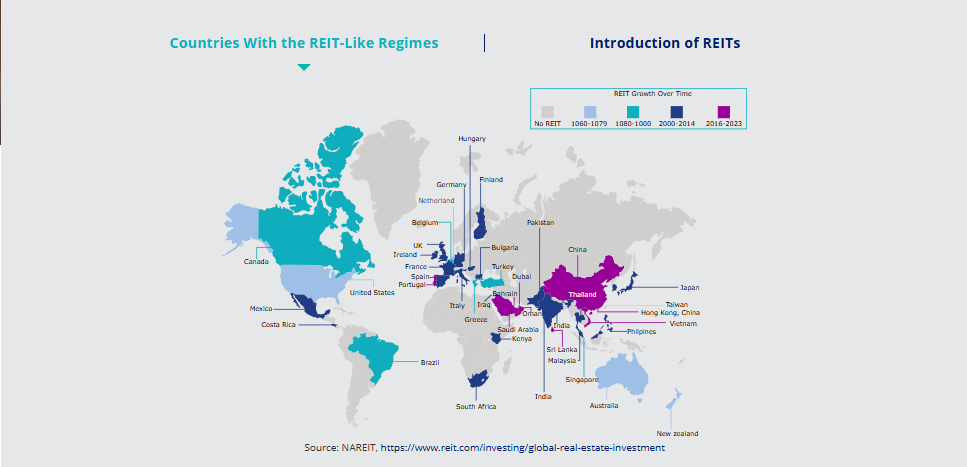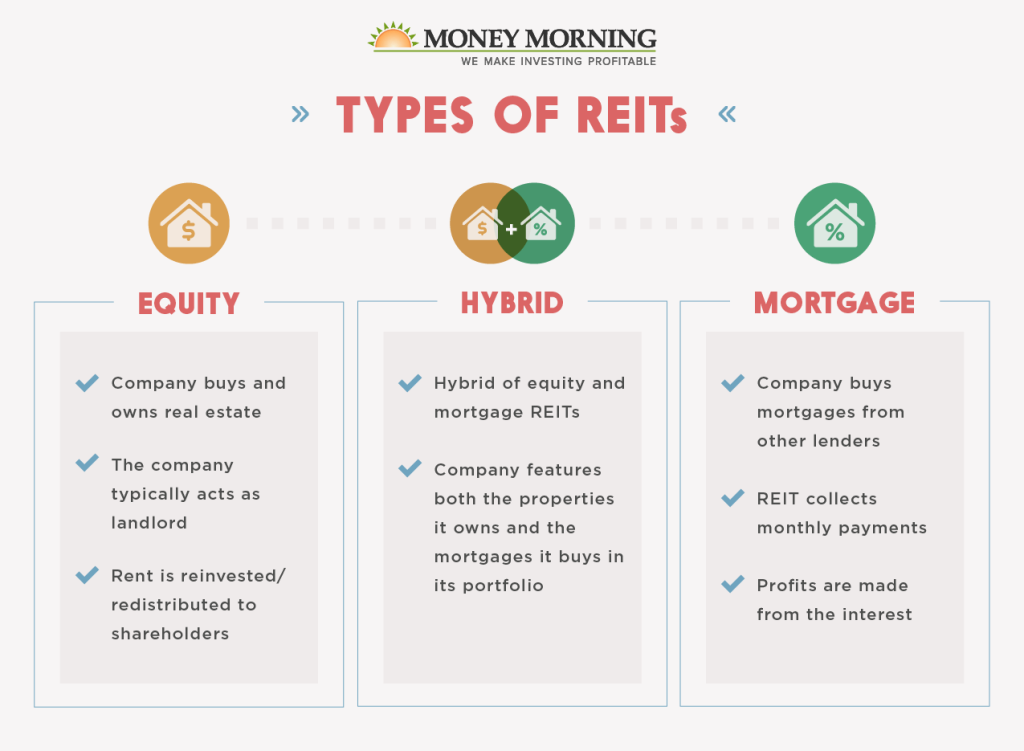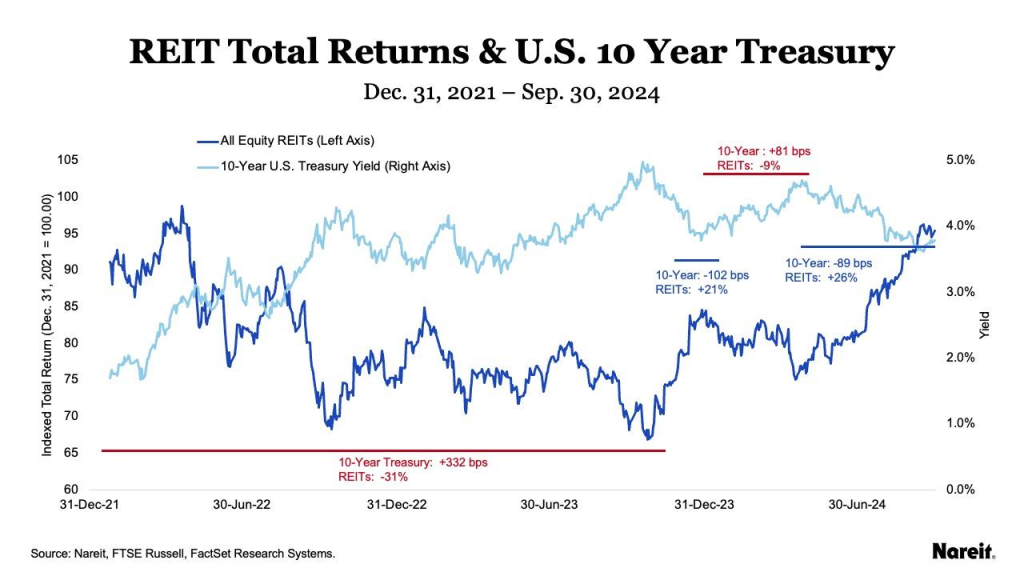Global Content: Introduction to REITs Globally
Lesson Learning Objectives:
- Understand what global REITs are, including how they allow investors to earn income from real estate sectors like retail, industrial, and office spaces without owning the physical properties directly.
- Explore global REIT market development, recognizing how countries like the U.S., Australia, and Singapore have established strong REIT systems, while emerging markets are adopting REIT frameworks more recently.
- Compare public and private REITs globally, learning how each operates in terms of risk, access, and transparency, and how they serve different investor types.
- Differentiate between Equity REITs and Mortgage REITs, understanding how each earns income—whether through rent or mortgage interest—and the markets where they are more common.
- Identify the benefits and drawbacks of global REIT investments, evaluating the role of REITs in providing steady income, diversification, and accessibility, while also understanding risks such as market volatility and limited control.
A. Introduction to REITs Globally
Immobilien-Investmentfonds (REITs) are companies that own or finance income-producing real estate. Globally, REITs allow investors to gain exposure to real estate sectors such as retail, office spaces, and industrial properties without owning property directly. REITs are publicly traded on stock exchanges in countries like the U.S., Australien, Und Singapore.
Global REIT Markets
Countries like the U.S. have well-established REIT markets, where REITs are required to distribute at least 90% of their taxable income to shareholders in the form of dividends. This provides a consistent income stream for investors and makes REITs attractive for those seeking passive income through real estate investments.
Figur: Global Adoption of REIT Regimes and Their Introduction Timeline
Beschreibung:
This figure maps out countries that have implemented REIT-like regimes and indicates the timeline of their adoption. Countries are color-coded based on when REITs were introduced: pre-1980, 1980–1999, 2000–2014, and post-2014. The map highlights key markets such as the United States, Europe, Asia, and Australia where REITs have gained significant traction. It provides an overview of how global regions have incorporated REIT structures over time, reflecting the expansion of this investment model worldwide.
Wichtige Erkenntnisse:
- Wide adoption: Many developed economies, including the United States, Canada, and Australia, have long-established REIT regimes, supporting mature real estate markets.
- Expansion in Asia and Europe: The introduction of REITs in countries like Japan, China, and European nations showcases the global growth of real estate investment structures.
- Recent adoption in emerging markets: Regions such as South Africa, India, and Vietnam implemented REIT regimes more recently, reflecting growing investor interest in real estate investments in these markets.
- Timeframe for growth: The color-coded timeline illustrates the spread of REIT adoption over decades, highlighting its gradual globalization.
Application of Information:
Verstehen der global adoption of REITs can help investors identify markets with established real estate frameworks and emerging opportunities. This data is useful for portfolio diversification by allowing investors to evaluate both developed and developing markets. It also emphasizes the increasing acceptance of REITs as a financial instrument for real estate exposure, offering insights for those studying global investment trends or considering cross-border investments.
B. Public vs. Private REITs Globally
Public REITs
Public REITs are listed on stock exchanges worldwide, providing high liquidity and transparency for investors. In markets like the U.S., public REITs are accessible to individual investors and can be traded like stocks. Public REITs offer detailed financial reports and are regulated by financial authorities, adding a level of security for investors.
Private REITs
Private REITs are not publicly traded and are typically available only to institutional investors. In global markets such as Dubai oder Hong Kong, private REITs may focus on specialized sectors like luxury real estate or hotels. While private REITs offer potentially higher returns, they are less liquid and often carry more risk.
C. Equity vs. Mortgage REITs Globally
Equity REITs
Equity REITs are the most common globally and involve the ownership and operation of real estate assets. In markets like Australien Und Japan, equity REITs invest in a wide range of property types, including shopping centers, office buildings, and residential complexes. Income is generated through rent collection and property appreciation.
Mortgage REITs (mREITs)
Mortgage REITs focus on real estate financing and investment in mortgages and mortgage-backed securities. Globally, mREITs are less common than equity REITs but are popular in countries like the United States, where they generate income through interest on loans provided to property owners.
Figur: Single Taxation: A Unique REIT Benefit
Beschreibung:
This infographic outlines the tax efficiency of Real Estate Investment Trusts (REITs), emphasizing the benefit of single taxation to investors, which is not common in other investment types.
Wichtige Erkenntnisse:
- Tax Efficiency: REITs offer a unique advantage by being taxed only at the shareholder level, avoiding the double taxation typically seen in corporations.
- Higher Dividends: Due to the single taxation system, REITs can distribute a larger portion of profits as dividends to investors.
- Accessible Real Estate Investment: Investors can gain exposure to real estate with potentially lower tax liabilities compared to direct property ownership.
Application of Information:
Taxation is a crucial consideration for any investor. By highlighting the single taxation benefit of REITs, this visual serves as a compelling tool for financial educators, tax consultants, and investment advisors. It succinctly communicates the potential tax advantages of REITs, enabling investors to make informed decisions. Such visuals can be instrumental in articles, presentations, or webinars targeting potential REIT investors or anyone interested in expanding their knowledge of the financial landscape.
D. Benefits and Drawbacks of Investing in REITs Globally
Benefits:
- Diversifizierung: REITs offer exposure to multiple property sectors, providing investors with a diversified real estate portfolio without the need to manage properties directly.
- Steady Income: REITs are known for paying regular dividends, making them attractive to income-seeking investors globally. In countries like the U.S. Und Kanada, REIT dividends can offer stable, long-term income.
- Access to Large-Scale Properties: Through REITs, investors can gain access to large commercial properties, such as shopping malls and office buildings, that would otherwise be out of reach for individual investors.
- Inflation Hedge: Real estate generally performs well in inflationary environments, making REITs an effective hedge against rising prices.
Drawbacks:
- Interest Rate Risk: REITs are sensitive to changes in interest rates, which can affect both borrowing costs and the attractiveness of REITs as an investment. Rising rates globally can lead to decreased REIT performance.
- Volatility: Publicly traded REITs can experience market volatility, similar to stocks. This means REIT share prices may fluctuate significantly based on broader economic conditions.
- High Fees: Some REITs, especially private ones, may charge high management fees, which can reduce overall returns for investors.
- Limited Control: Investors have no direct control over the properties or management decisions made by the REIT, leaving operational control in the hands of the REIT management team.
Figur: REIT Total Returns & U.S. 10-Year Treasury (Dec. 31, 2021 – Sep. 30, 2024)
Beschreibung:
This graph compares REIT total returns (indexed to 100) and the U.S. 10-Year Treasury yield over the period from December 31, 2021, to September 30, 2024. The blue line represents the total return of all equity REITs (left axis), while the light blue line depicts the 10-Year U.S. Treasury yield (right axis). The chart highlights key moments when REIT performance and Treasury yields diverged or aligned, showcasing their sensitivity to economic and market conditions. Notable events such as periods of declining or rising yields and REIT total returns are annotated with specific changes in basis points (bps) and percentage shifts.
Wichtige Erkenntnisse:
- Inverse correlation trends: REIT total returns generally show a negative correlation with the U.S. 10-Year Treasury yield, as rising yields often lead to lower REIT performance.
- Notable declines: During periods like mid-2022, REIT total returns dropped significantly (e.g., -31%), while Treasury yields rose by +332 bps, indicating investor preferences for safer fixed-income securities.
- Recovery periods: REITs rebounded by +21% when Treasury yields fell by 102 bps, demonstrating their potential for recovery in a lower interest rate environment.
- End period performance: By September 2024, REITs achieved a +6% return, while the 10-Year Treasury yield rose +81 bps, signaling resilience in REIT performance despite rising rates.
Application of Information:
This data is vital for investors seeking to understand how interest rate movements impact REIT performance. It highlights the importance of monitoring macroeconomic trends and interest rates when evaluating REIT investments. Investors can use this information to determine entry and exit points in REIT markets and balance their portfolios with assets like Treasuries to mitigate risk during volatile periods.
Abschluss
Investing in REITs, whether in Europe or globally, provides investors with a way to diversify their portfolios, access large-scale properties, and receive regular income through dividends. Understanding the different types of REITs—public vs. private, equity vs. mortgage—and their associated benefits and risks is essential to making informed investment decisions.
Wichtige Unterrichtsinformationen:
- REITs allow global investors to earn income from professionally managed real estate portfolios—such as offices, malls, and apartments—without directly owning or managing the properties.
- Countries like the U.S. and Australia have well-established REIT systems with mandatory dividend distributions, making REITs a reliable source of steady income for long-term investors.
- Public REITs are traded on stock exchanges and offer high liquidity and transparency, while Private REITs may offer higher returns but are typically less accessible and carry higher risk and lower liquidity.
- Equity REITs own and manage real estate and are more common globally, especially in markets like Japan and Australia. Mortgage REITs, more prevalent in the U.S., generate income through interest on loans and mortgage-backed securities.
- REITs are tax-efficient investments, often benefiting from single taxation at the shareholder level, which allows them to pay higher dividends compared to traditional corporate investments.
- Global REIT investments offer diversification and access to large-scale properties but come with risks such as interest rate sensitivity, market volatility, and limited investor control over property management decisions.
Schlusserklärung
Global REITs offer investors access to the real estate market in a flexible, tax-efficient, and scalable way. By understanding the structure, advantages, and challenges of REITs around the world, you can make smarter, more informed decisions about diversifying and growing your investment portfolio.




